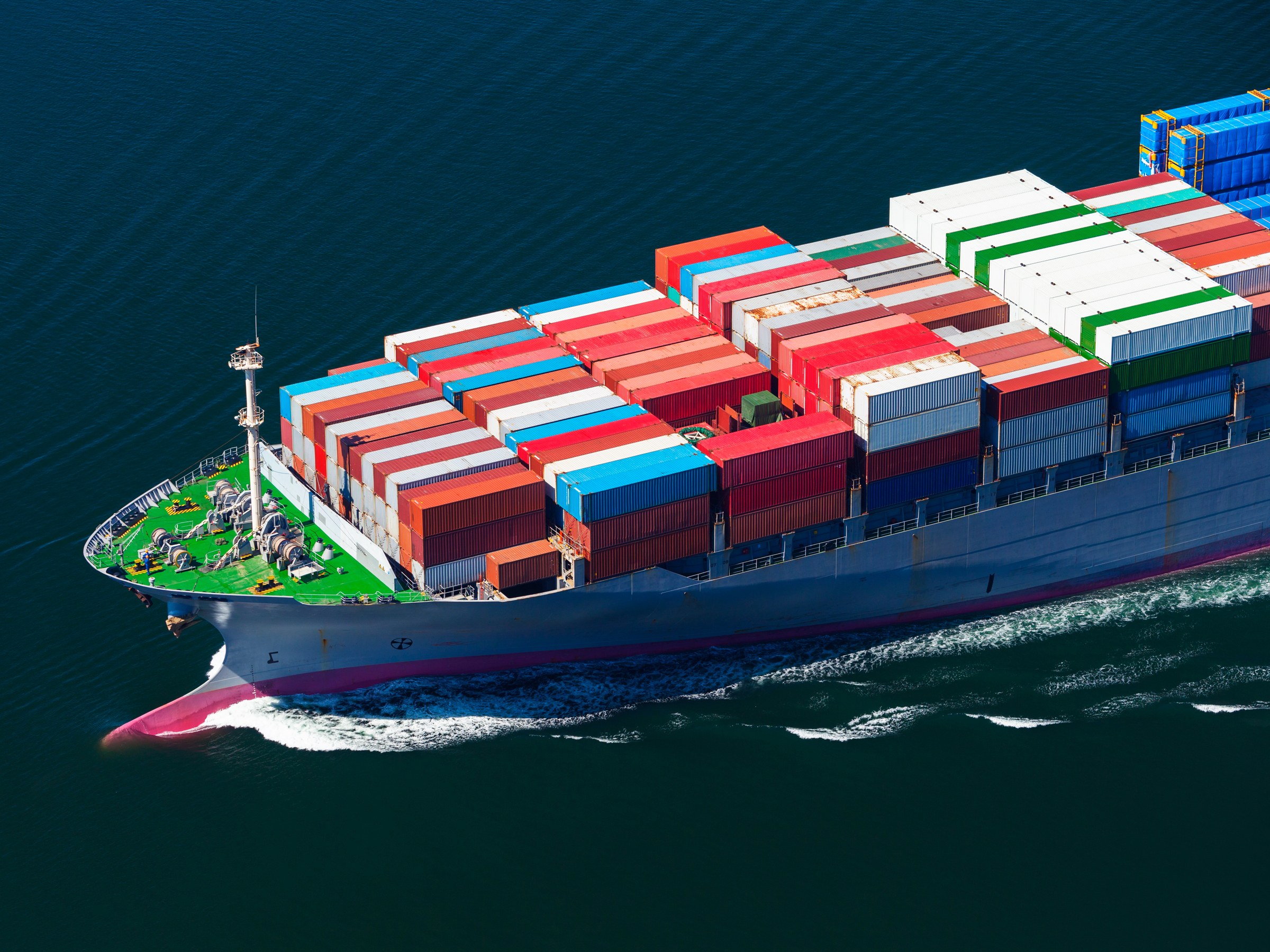
Why You Should Incorporate ESG Into Your Supply Chain
Companies that incorporate environmental, social and governance (ESG) factors into business practices can not only create more ethical companies that align with core values, but they can also enjoy a potential increase to the corporate bottom line. That’s because customers, employees, investors and other stakeholders increasingly want to associate with companies that consider ESG.
Taking these factors into account can unlock new opportunities in areas such as hiring by expanding talent pools to include diverse candidates; marketing by showcasing environmentally-friendly products to customers; and finance by making it easier to attract equity investments or take out loans by demonstrating sound governance. Becoming more ESG-focused can also extend beyond internal operations to include your supply chain.
As the United Nations Global Compact notes on its site, “A company’s entire supply chain can make a significant impact in promoting human rights, fair labour practices, environmental progress and anti-corruption policies.”
Aligning Values With Finances
While many companies may be open to incorporating ESG factors, they may think that doing so requires sacrificing profit. However, the tide is increasingly turning towards consumers seeking out ESG products and services, and many are willing to pay a premium.
For example, between 2013-2018, “products marketed as sustainable grew 5.6x faster than conventionally-marketed products,” according to an NYU Stern School of Business Center for Sustainable Business and IRI®study.
Moreover, 44% of Millennials believe that companies they do business with should always be environmentally-friendly, even if that causes a small price increase, according to a survey by Markstein, conducted by Certus Insights.
One way companies can improve their standing in this regard is to seek out vendors that align with ESG factors. Doing so can even be helpful for companies that sell services rather than physical products. For example, an accounting firm that uses environmentally friendly suppliers for office supplies, lighting, trash disposal, etc., may be able to more easily market itself as a green company and appeal to younger customers who want to work with a firm that goes beyond just focusing on finances.
Similarly, working with diverse suppliers such as women-owned, veteran-owned or minority-owned businesses can improve the social responsibility of a company by demonstrating inclusion and equality. Doing so is important considering that 70% of consumers “want to know what the brands they support are doing to address social and environmental issues,” according to the Markstein and Certus Insights study. And most of these survey respondents agree that social responsibility expectations apply equally to small and large companies.
Expand Your Supplier Network
Incorporating ESG factors into your supply chain not only helps attract stakeholders to your business, but looking at suppliers with this new lens can also expose your business to vendors that you may not have otherwise considered.
For example, looking at governance factors like the composition of a company’s board of directors or looking at how a supplier treats its own employees may cause you to spot risk factors with the vendors you currently work with. From there, you may decide to seek out new suppliers that stand out for incorporating ESG into their businesses, and these companies may be able to work with you on related initiatives like improving the sustainability of the shipments you receive from them.
One way to source ESG-focused suppliers can be through the consulting services or procurement platform of Premikati, an SAP Ariba™ partner and a certified Women’s Business Enterprise National Council (WBENC) company.
To learn more about how Premikati can help your organization incorporate ESG into your supply chain and improve your overall procurement, please get in touch with our team.

